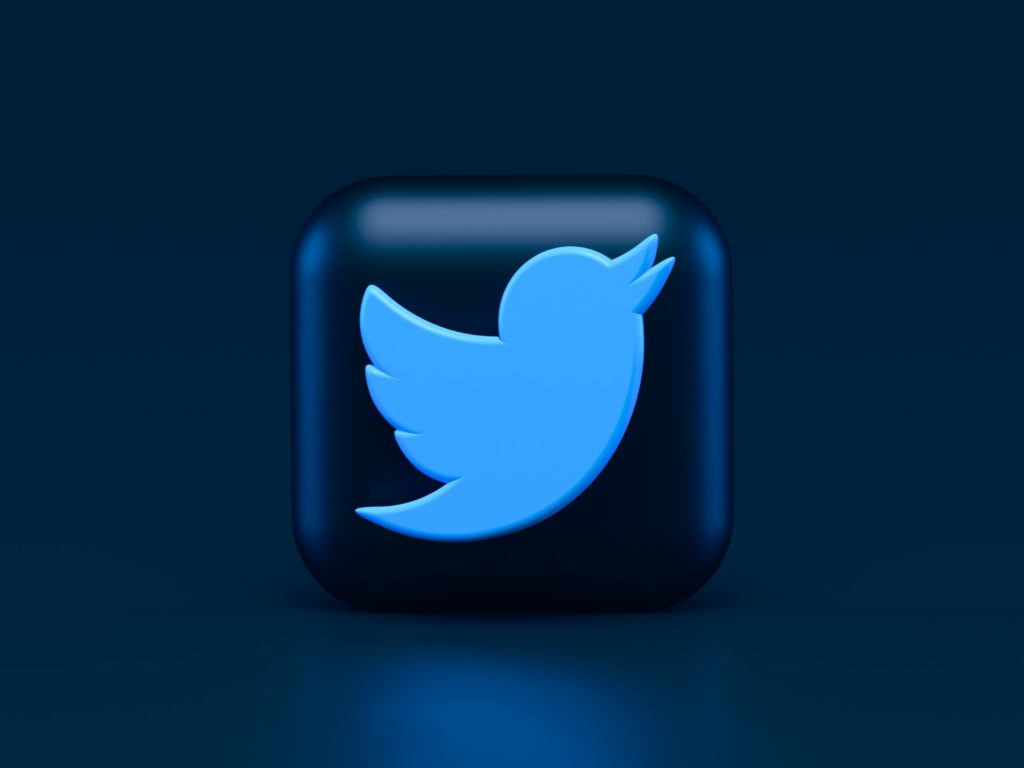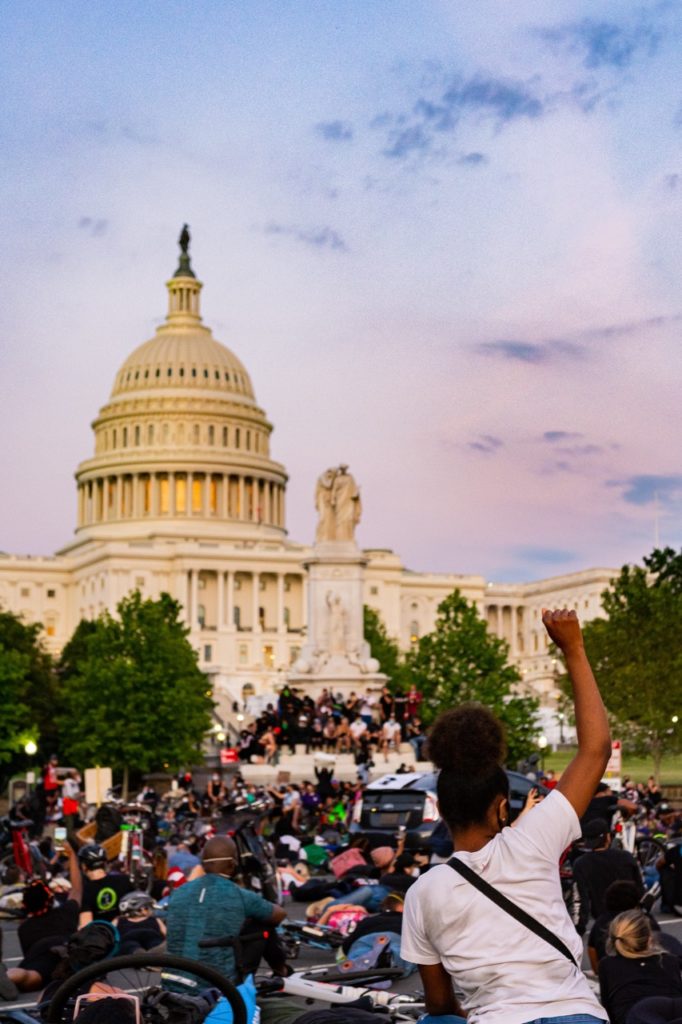By Dave Duschene, Executive Vice President, Issues and Crisis & Jeff Beringer, Global President, Digital
Fighting for Relevance in a Shifting Social Landscape
When billionaire Elon Musk acquired Twitter last October, marketers and end users alike had plenty of questions about his intentions. His first weeks as “Chief Twit” were marked by chaos and confusion: mass layoffs, rapidly changing policies announced via Tweet, and concerns about misinformation, hate speech and bad actors consuming the social media staple. Advertising revenue fell sharply as high-profile brands paused paid promotion while evaluating their next moves and Twitter’s fit with brand values and marketing priorities.
Many, including Musk himself, questioned whether Twitter would survive.
In late November, the platform codified its future ambition on the Twitter blog: to “promote and protect the public conversation [and become] the town square of the Internet.” In announcing its path forward, the company also set expectations that rapid changes would continue, embracing “public testing” to elicit feedback and drive rapid innovation.
They weren’t kidding about the pace of change. In its first weeks with Musk at the helm, Twitter rolled out a revamped subscription service and ever-changing verification methods, and reportedly rewrote huge swaths of the platform’s code intending to improve performance and weed out bots, leading to several unplanned outages. User Interface enhancements continue this year, with bookmarks, side-swiping feeds and 4,000-character Tweets either already deployed or coming soon.
While Twitter Blue’s subscriptions may generate revenue to service some of the platform’s enormous debt, Musk’s changes to the network are about more than just financial solvency. They’re a stream of experiments Musk believes will make the platform more relevant in a rapidly shifting social landscape.
In addition to enabling longer-form content, Musk has also promised better support for video and other immersive formats, which platforms like TikTok are built for and are crucial to attracting future users and creators alike. He has also promised new monetization methods for content creators. In early February, Musk announced that Twitter Blue subscribers will receive a cut of revenue from ads that appear in their reply threads. The big question is whether users – and creators – will embrace changes and give back time and content already devoted to other platforms? Only time will tell.
The reality is that months into the Musk era, fluidity of change at Twitter has become less jarring to some. And for millions of users, the network remains an important tool to seek and share certain types of information online. Events like the World Cup and the frightening injury of NFL athlete Damar Hamlin remind us of Twitter’s importance to timely events and breaking news. And stranded travelers this holiday season know how helpful Tweet-based customer care can be.
So, what does the future hold for companies and brands who want to remain visible on the platform?
What to Expect
Here’s our prediction: Twitter will survive. But it’s destined to remain a niche player in the social media landscape for the foreseeable future. With some competitors now attracting nearly 10x more monthly users, it is unlikely to reemerge as a top 10 global social platform this year, at least in terms of reach. But that doesn’t mean it should be ignored.
Changes will continue and marketers, media, and end users alike will keep voicing disapproval for things they don’t like – be they policy changes, reinstated users, or the platform’s features. As we’ve seen in recent months, sometimes Twitter will listen and evolve with third-party input considered. Other times, the desires of some users and advertisers will be ignored. But for most rank-and-file users, Twitter will continue to fulfill niche roles in their online time and remain one of many apps they use to stay connected.
This year, look for more moves to lure back brands who have paused advertising and other content or left the platform altogether. In December, Twitter reportedly offered big spenders significant incentives to increase spending on the platform – including even matching their ad spending. If revenue from subscriptions doesn’t materialize as Musk hopes, expect more sweeteners to follow to bring ad revenue back.
We may also see new leaders join Twitter’s executive ranks. In recent weeks, Musk said he plans to recruit a new chief executive for the social network. While rampant speculation continues about who might take the job, a leader who can calm fears of advertisers and power users may be selected. That would be welcome news, especially to brands.
How Brands Can Win
- Pay attention to who stays and goes. While reports that more than a million people fled to Mastodon late last year, many didn’t stick around. For the most part, the bulk of monthly users and the majority of Twitter’s most active individual publishers remain on the platform. These people are critical to creating content and driving conversation that keeps end users coming back. Mass declines in Twitter’s user or content creator base this year could signal ominous times ahead so watch user trends.
- Look for opportunities to be first. Twitter says it’s embracing “public testing” which means new features and functionality may be released with little notice. Keep a close eye on new ways to share your brand stories and embrace a test and learn mentality. For example, 4,000-character Tweets became available for Blue subscribers February 8 and permit brands and individuals to share stores with more depth. Could your brand A/B test long-form content on a blog and Twitter simultaneously?
- Measure performance. With new features and functionality being introduced and turbulence among Twitter advertisers, keep a watchful eye on the performance of Twitter paid campaigns. If performance or value lags other social networks, be prepared to move media investments for certain ad objectives elsewhere.
- Keep an eye on journalists. Though some prominent media networks and personalities started experimenting with Twitter alternatives, many have remained on Twitter. From a PR perspective, Twitter remains a vital tool for media relations – and with most journalists staying active to share breaking news, find new sources for stories, or mine Twitter for unique perspectives, most brands will find it prudent to stay connected for public relations purposes, too.
- Monitor for issues. Listening on Twitter has never been more important. Watch out for imposter accounts, misinformation, or the rise of hate speech, especially in proximity to your company or brand(s). Be prepared to flag inappropriate or violative content through Twitter’s community tools or designated Twitter reps for your brand. And at the same time, pay attention to how important stakeholders react to your presence on Twitter. They’ll let you know their feelings without hesitation.
- Diversify Twitter activities across the social ecosystem. Companies use Twitter for a variety of objectives. Identify all the way your company uses Twitter and evaluate offerings from other social networks which offer similar opportunities and access to your audiences at scale. Golin’s guide mapping 20 popular Twitter uses cases to alternative platforms can help.
- Explore where communities are forming elsewhere: Reddit is best known for large and active communities, or “subreddits,” that are centered around specific topics, interests, and niches. Millions of daily users engage in discussions on various topics, providing new and engaged audiences for targeted strategies and valuable insights into consumers’ opinions and interests.
Why it Matters
With an estimated 430+ million monthly active users, Twitter remains an important contributor to the social landscape, but is by no means the “town square of the Internet” Musk hopes it will one day become. It is eclipsed by platform giants who attract far bigger monthly audiences, including Facebook (2.9 billion), YouTube (2.5 billion), WhatsApp (2 billion), Instagram (1.48 billion), Weixin/WeChat (1.26 billion), TikTok (1 billion) and Reddit (430 million).
Despite chaos and confusion under its new owner, the network’s audience base appears to remain largely intact. Musk’s challenge is to grow the network – and revenues along with it – by adding features that enrich Twitter’s experience without giving up what’s made the platform unique. A tall order, to be sure.

























